Proteogenomic analysis reveals exosomes are more oncogenic than ectosomes
- PMID: 25944692
- PMCID: PMC4558158
- DOI: 10.18632/oncotarget.3801
Proteogenomic analysis reveals exosomes are more oncogenic than ectosomes
Abstract
Extracellular vesicles (EVs) include the exosomes (30-100 nm) that are produced through the endocytic pathway via the multivesicular bodies and the ectosomes (100-1000 nm) that are released through the budding of the plasma membrane. Despite the differences in the mode of biogenesis and size, reliable markers that can distinguish between exosomes and ectosomes are non-existent. Moreover, the precise functional differences between exosomes and ectosomes remains poorly characterised. Here, using label-free quantitative proteomics, we highlight proteins that could be exploited as markers to discriminate between exosomes and ectosomes. For the first time, a global proteogenomics analysis unveiled the secretion of mutant proteins that are implicated in cancer progression through tumor-derived EVs. Follow up integrated bioinformatics analysis highlighted the enrichment of oncogenic cargo in exosomes and ectosomes. Interestingly, exosomes induced significant cell proliferation and migration in recipient cells compared to ectosomes confirming the oncogenic nature of exosomes. These findings ascertain that cancer cells facilitate oncogenesis by the secretion of mutant and oncoproteins into the tumor microenvironment via exosomes and ectosomes. The integrative proteogenomics approach utilized in this study has the potential to identify disease biomarker candidates which can be later assayed in liquid biopsies obtained from cancer patients.
Keywords: ectosomes; exosomes; extracellular vesicles; integrated OMICs analysis; proteogenomics.
Conflict of interest statement
None declared
Figures

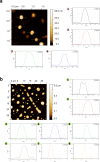
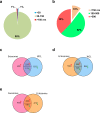
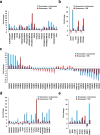
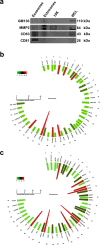


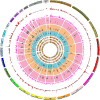

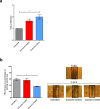
References
-
- Thery C, Ostrowski M, Segura E. Membrane vesicles as conveyors of immune responses. Nat Rev Immunol. 2009;9:581–593. - PubMed
-
- Mathivanan S, Ji H, Simpson RJ. Exosomes: Extracellular organelles important in intercellular communication. J Proteomics. 2010;73:1907–1920. - PubMed
-
- Cossetti C, Iraci N, Mercer TR, Leonardi T, Alpi E, Drago D, Alfaro-Cervello C, Saini HK, Davis MP, Schaeffer J, Vega B, Stefanini M, Zhao C, Muller W, Garcia-Verdugo JM, Mathivanan S, et al. Extracellular vesicles from neural stem cells transfer IFN-gamma via Ifngr1 to activate Stat1 signaling in target cells. Mol Cell. 2014;56:193–204. - PMC - PubMed
Publication types
MeSH terms
LinkOut - more resources
Full Text Sources
Other Literature Sources
Medical
Molecular Biology Databases

